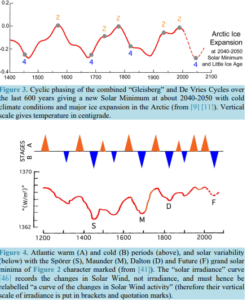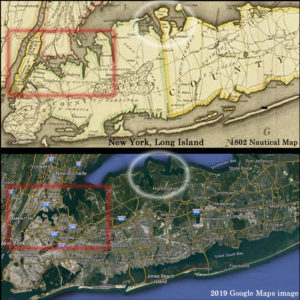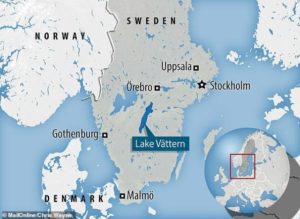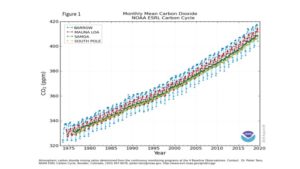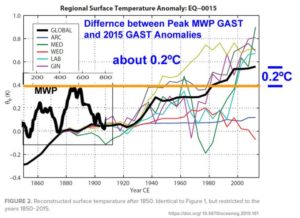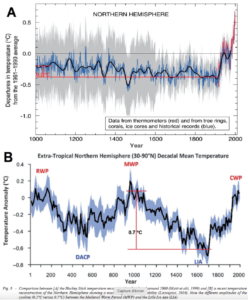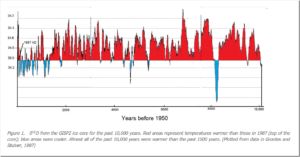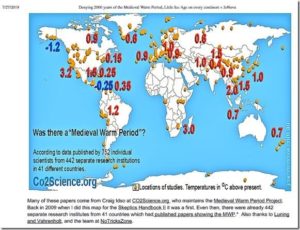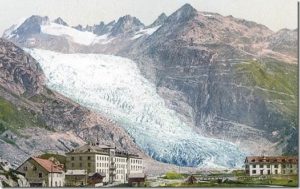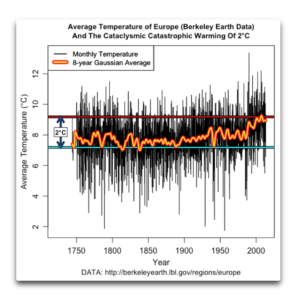by K. Richard, Apr 15, 2024 in NoTricksZone
More evidence emerges that Antarctica has undergone rapid glacier and sea ice expansion in recent centuries, in line with the long-term and recent Antarctic cooling trend.
West Antarctica’s mean annual surface temperatures cooled by more than -1.8°C (-0.93°C per decade) from 1999-2018 (Zhang et al., 2023).
Not just West Antarctica, but most of the continent also has cooled by more than 1°C in the 21st century. See, for example, the ~1°C per decade cooling trend for East Antarctica (2000 to 2018) shown in Fig. ES
…
According to a new study, about 6000 years ago Antarctica’s Collins Glacier’s frontline was a full 1 km southwest of its current extent. The frontline advanced to today’s extent ~5000 years ago.
“Previous studies proposed that 6000 yr BP, the frontline position of the Collins Glacier was located 1 km further south west than the present, and that the current frontline was first attained at approximately 5000 yr BP.”
The glacier then continuously retreated south of the modern extent for another 4000 years, with peak ice loss 1000 years ago (as shown in the 1000-year “Proglacial lake environment” image). In the last 1000 years this glacier has rapidly re-advanced back to the glaciated extent from 5000 years ago, which is in line with the sustained cooling trend ongoing since the Medieval Warm Period.
…
…

